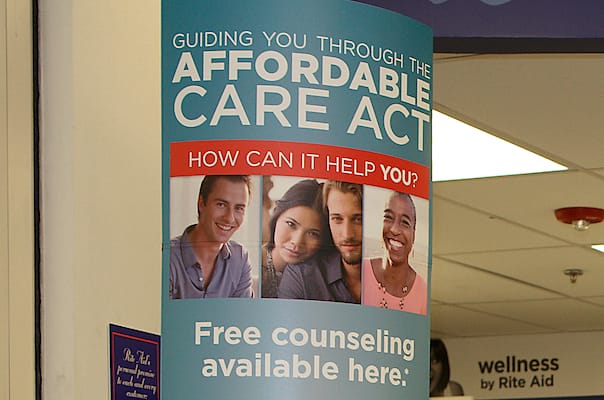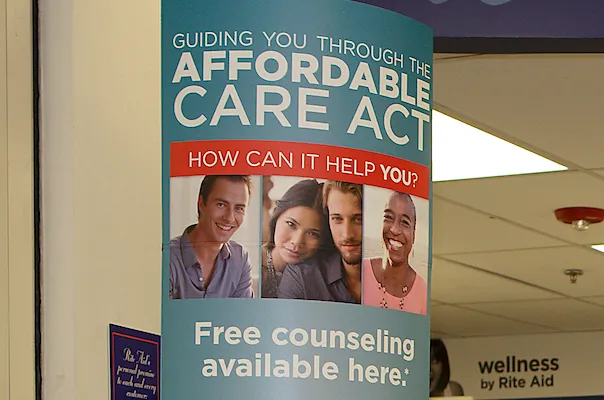WASHINGTON — The upcoming enrollment period for the Affordable Care Act will be pivotal, as hikes in premiums, withdrawals by insurance companies and sign-ups that fell short of targets have combined to call the law’s sustainability into question.
Federal officials say the problems is surmountable and are driving to bolster the statute before President Obama leaves office by attracting healthy enrollees who are vital to the law’s long-term viability but so far have declined coverage.

Obama had a “constructive” meeting with insurance industry executives this month, an administration spokesman said. “In order to make sure the marketplace succeeds, we’re going to need people acting in good faith,” said deputy White House press secretary Eric Schultz. “And, around the table, people felt confident that the Affordable Care Act is working.”
The administration also reported that the share of Americans without health insurance continues to drop. The National Health Interview Survey showed that the national uninsured rate fell to a record low of 8.6% in the first quarter of 2016, after the ACA’s third open enrollment season.
Still, the drop in uninsureds this year by 1.3 million pales in comparison to when the law’s big expansion began in 2014, when uninsureds dropped by almost 9 million.
New Census Bureau data show that the uninsured rate dropped in every state between 2013 and 2015, with 20 million Americans gaining coverage. Every state has seen coverage gains since the ACA’s major coverage provisions took effect at the end of 2013, though states that expanded Medicaid have seen larger gains. The number of people lacking coverage in the first three months of this year was 27.3 million, down from around 48 million when Obama signed the ACA.
Another positive statistic was an 8% drop in hospital readmissions between 2010 and 2015. Last year, that drop translated into about 100,000 times Medicare beneficiaries avoided an unnecessary return to the hospital. Cumulatively since 2010, Medicare beneficiaries have avoided 565,000 readmissions.
“Affordability, access and quality are how we measure success in the health care system,” said Health and Human Services Secretary Sylvia Mathews Burwell. The new data “show our country is making progress on all three under the Affordable Care Act.”
But while millions of people have obtained coverage through Medicaid or subsidized private coverage through HealthCare.gov and online state health insurance exchanges, the market for individual health plans is under duress. Without more sign-ups for private plans next year, premiums are forecast to rise further, and insurers are expected to be even more reluctant to offer coverage through exchanges.
Their proposed rate increases already reflect the belief that the ACA is most enticing to sick people who are likely to incur hefty medical bills. Premium hikes and restricted plan choices can further dissuade enrollment from all but the most ill, creating a vicious cycle sometimes called a “death spiral.”
“Lower than expected enrollment, a high-cost population and troubled risk mitigation programs have led to decreased plan participation for 2017,” said Dan Mendelson, president of Avalere. “Congress and the administration can choose to stabilize these markets and reestablish competition — but only through a consensus process that brings in a broader swath of the uninsured.”
Also, the law has been blamed for hurting the health benefits of people who get insurance through employers. Annual family premiums for employer-sponsored health insurance rose an average of 3% to $18,142 this year, a modest increase at a time when wages (2.5%) and inflation (1.1%) also grew modestly, according to the Kaiser Family Foundation. Workers on average contribute $5,277 annually toward their family premiums.
“We’re seeing premiums rising at historically slow rates, which helps workers and employers alike, but it’s made possible in part by the more rapid rise in the deductibles workers must pay,” Kaiser Family Foundation president and chief executive officer Drew Altman said.







